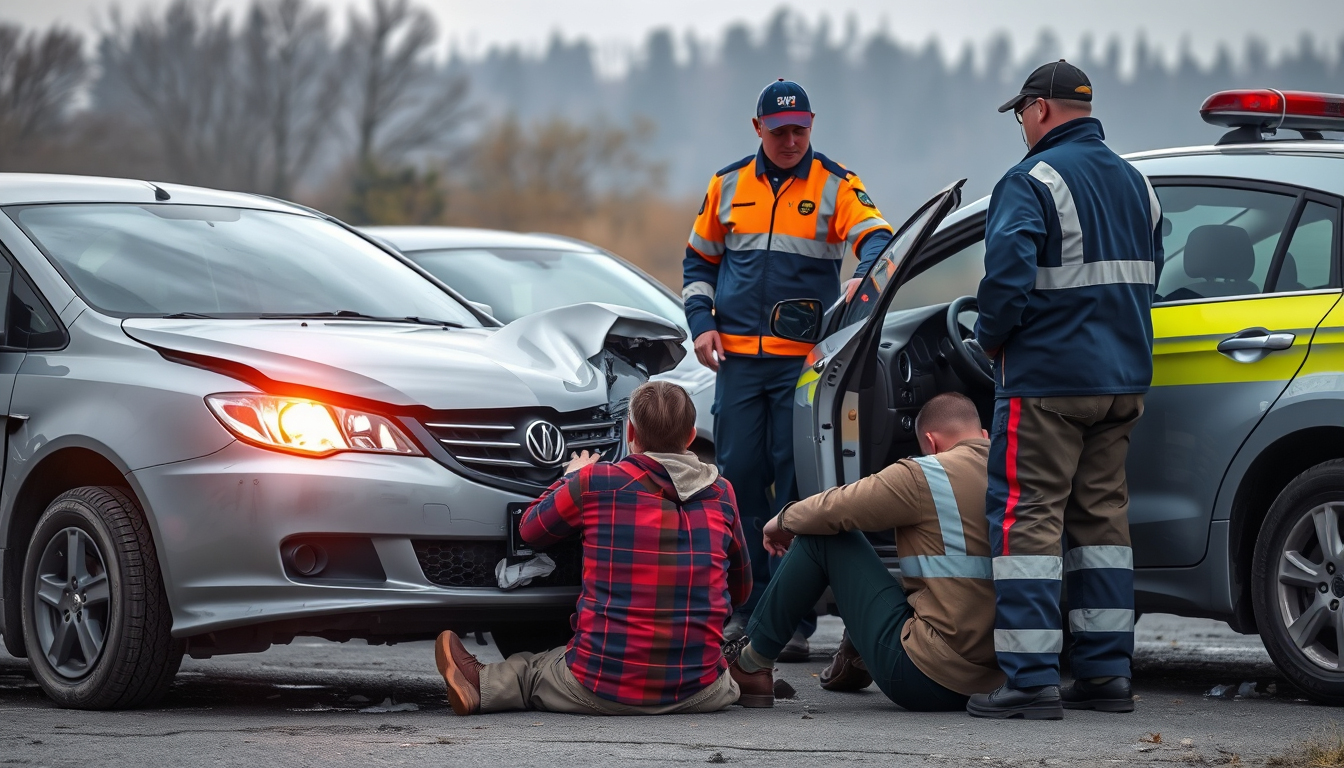
Understanding Car Accident Injuries and Effective Treatment Approaches
Car accidents are, unfortunately, a common occurrence on roads worldwide, and the aftermath can be devastating. Injuries resulting from these accidents fall into two primary categories: impact injuries and penetrating injuries. Recognizing these categories is crucial for appropriate medical treatment and for legal processes related to compensation.Impact Injuries
Impact injuries occur when a vehicle's occupant collides with the interior of the car or is ejected and strikes the ground or another object. Common examples include:- Head Injuries: These range from concussions and skull fractures to more severe conditions such as traumatic brain injuries (TBIs). Treatment often requires immediate medical attention, potential surgery, and long-term rehabilitation, including physical therapy.
- Whiplash: A prevalent neck injury caused by sudden back-and-forth movement of the neck, resulting in soft tissue damage. Treatments include physical therapy, pain medication, and sometimes chiropractic treatments to restore mobility and reduce pain.
- Broken Bones: Fractures can occur in any part of the body, often requiring immobilization with casts or splints, surgical intervention, and physical therapy to regain function.
- Internal Injuries: These may include bruised or ruptured organs, internal bleeding, and require immediate surgical attention to prevent life-threatening complications.
Penetrating Injuries
Penetrating injuries are caused by loose objects within the vehicle that are propelled during a crash, potentially leading to cuts or deeper lacerations. Examples include:1. Soft Tissue Injury: Cuts, tears, or punctures require prompt wound care to prevent infection, often involving cleaning, suturing, and antibiotics.
2. Eye Injuries: Glass and other debris can cause eye injuries, necessitating irrigation and potential surgery to save vision and prevent further complications.
3. Puncture Wounds: These occur when sharp objects pierce the skin and underlying tissues. Deep punctures can affect muscles and bones, often requiring extensive surgical repair and possibly tetanus shots to prevent infection.
Effective Treatment Approaches
Addressing car accident injuries requires a comprehensive medical approach, tailored to the severity and type of injury. Here are some standard treatments employed:- Emergency Care: This is the first crucial step, which often involves stabilization, emergency surgery, and intensive care monitoring.
- Physical Therapy and Rehabilitation: After initial treatment, many patients require physical therapy to achieve maximum recovery. It focuses on restoring strength, mobility, and function through tailored exercises and therapies.
- Pain Management: Effective pain management can include medications, minimally invasive procedures, or alternative therapies like acupuncture.
- Psychological Support: Dealing with the trauma of an accident, both physically and mentally, is crucial.
After experiencing a car injury, the road to recovery often involves more than just a few doctor visits.
Enter physical therapy and rehabilitation, the unsung heroes of the healing process! This vital step ensures that patients don’t just heal but thrive, helping them reclaim their strength and mobility. Think of physical therapy as a personalized fitness boot camp, where each exercise is carefully crafted to address individual needs.
The goal
To transform pain into power and stiffness into strength, all while providing the support and encouragement needed to boost confidence and restore function. In this journey, patients discover the importance of tailored exercises and innovative therapies designed to unlock their body’s true potential.
From gentle stretching to strength-building routines, physical therapists utilize a variety of techniques that not only alleviate pain but also promote overall well-being. It’s not just about getting back to where you were before the accident; it’s about emerging stronger and more resilient than ever!
With Dr Korikov's expert guidance, patients learn to navigate their rehabilitation journey, gaining not just physical improvements but also valuable insights into their body’s abilities.
So, gear up for a transformative experience that turns setbacks into comebacks — because recovery is just the beginning of a new chapter!